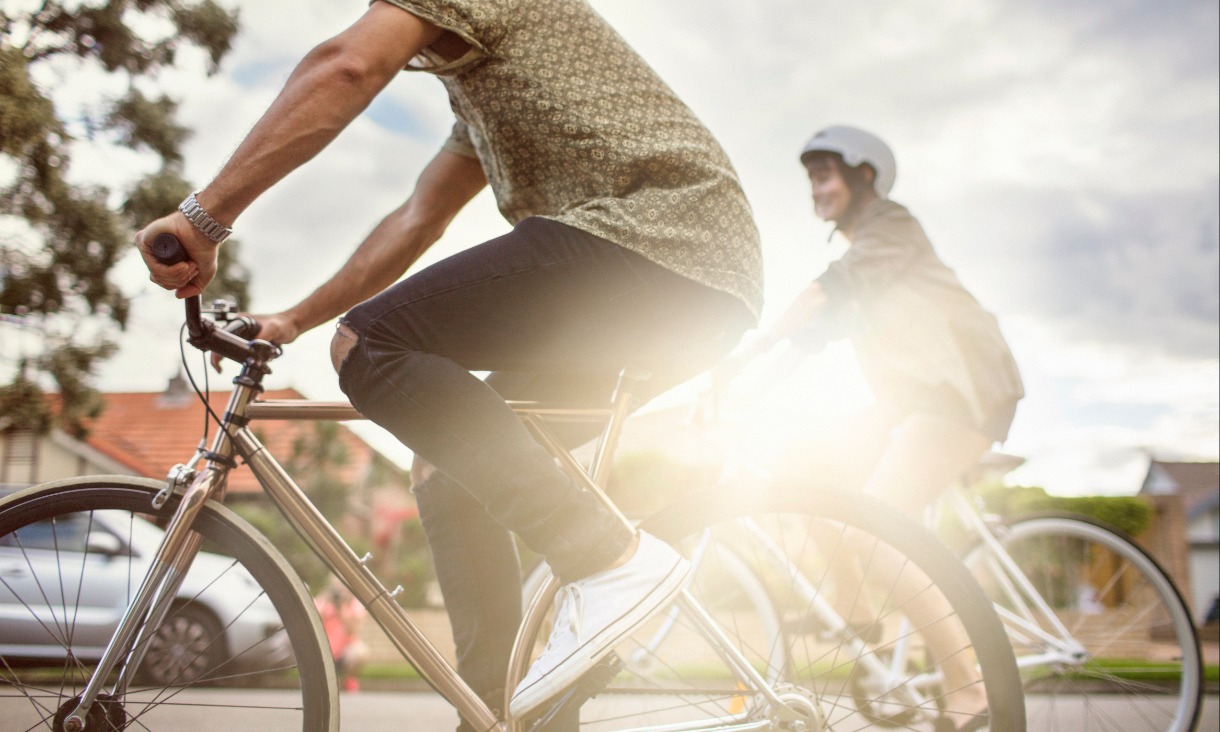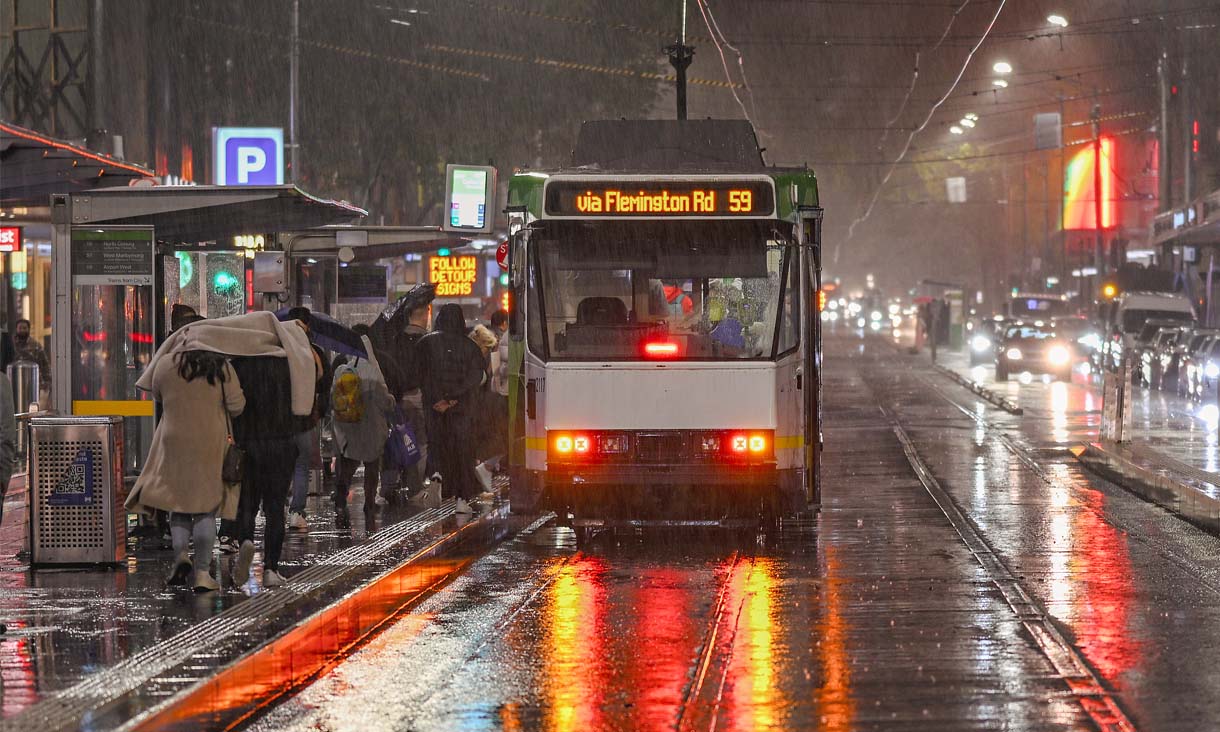Hot cities: Collaborating for climate justice
As our cities heat up, we must urgently find ways to think and act differently to better address the impacts of climate change particularly for those most marginalised, according to RMIT urban futures expert Professor Wendy Steele.
Melbourne public transport services sit idle while apartment numbers boom
New research shows the number of apartments in Melbourne has almost doubled in the past two decades, while public transport services have barely increased at all.
Five years of collaboration: reflecting on the EdiCitNet project
RMIT has helped develop a global network of cities focused on promoting edible green infrastructure and sustainable urban food production, distribution and use.
Urban futures expert joins RMIT Europe
Professor Wendy Steele, a leading expert in sustainability and urban policy, has joined RMIT’s European Innovation Hub.




